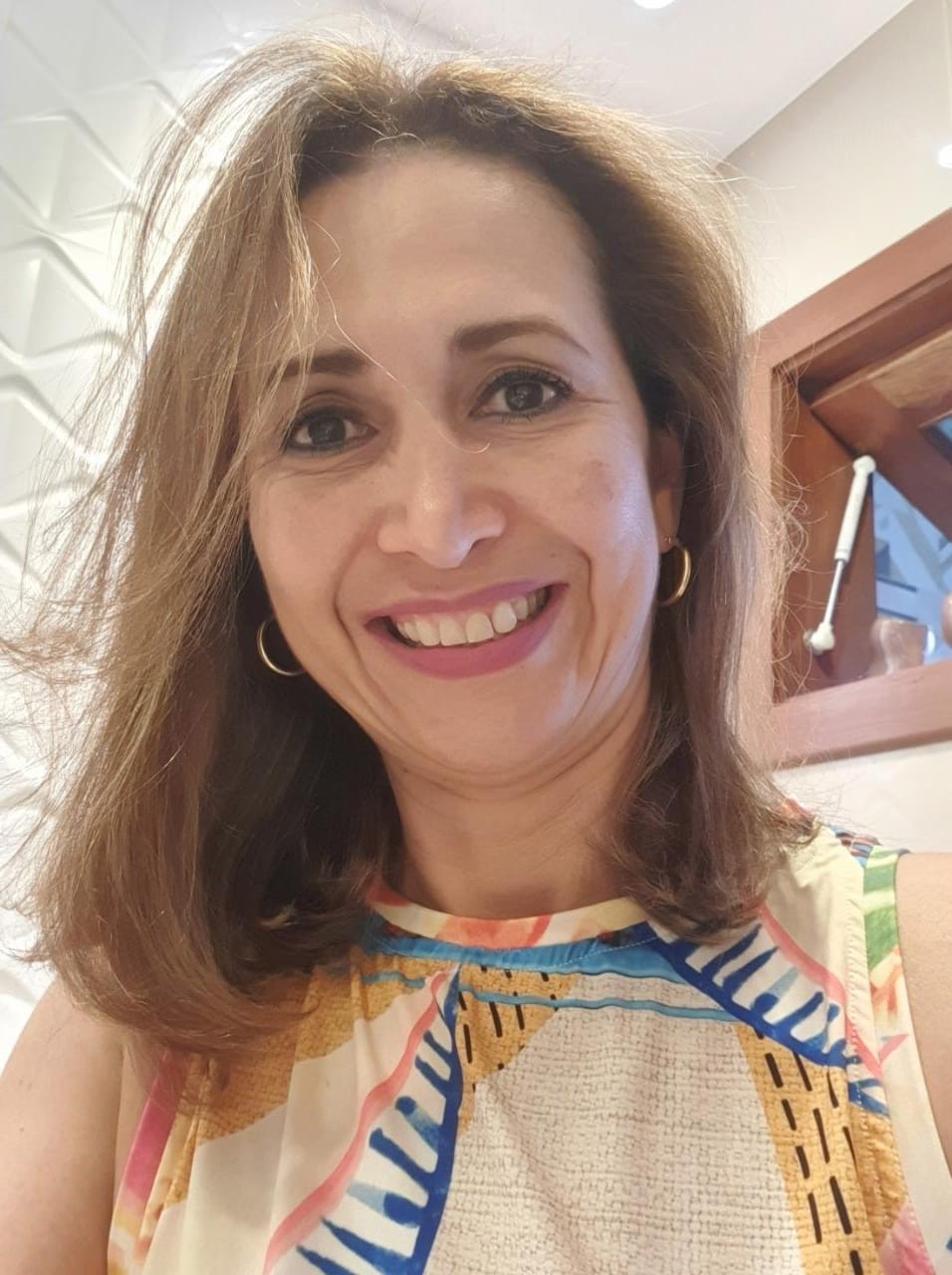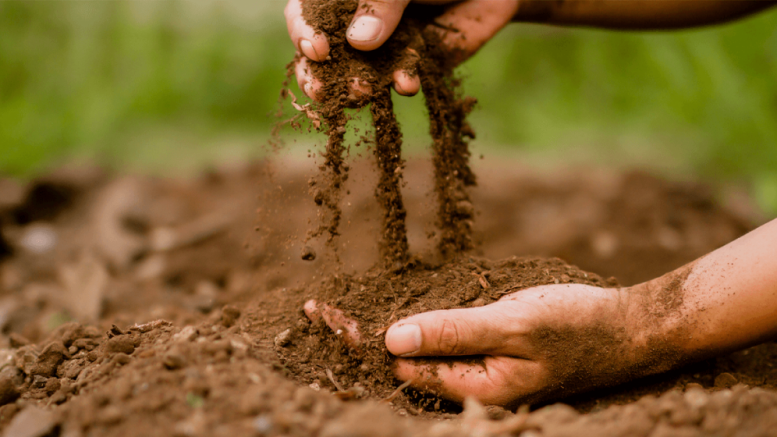“It is necessary to know the quality of each soil to define the best management and conservation practices…”
Maria Eugenia Ortiz Escobar is president of the Brazilian Soil Science Society, former director of the Northeast Regional Center of the Brazilian Soil Science Society, and professor at the Federal University of Ceará.
Escobar is an agronomist and has a Ph.D. in soil and water management from the Universidad Nacional de Colombia, and an Interuniversity exchange Ph.D., and a post-doctorate at the University of Hawaii.

Maria Eugenia Ortiz Escobar is president of the Brazilian Soil Science Society
AgriBrasilis – Why are more than 500 million tons of soil lost per year in Brazil?
Maria Escobar – Soil loss can be considered an advanced state of degradation and can occur due to natural and/or anthropogenic causes. Losses related to activities carried out by man, which cause severe degradation and loss of soil, are deforestation, fires, cattle trampling, and agricultural machinery traffic. Inadequate humidity conditions contribute to accentuate degradation. The intense use of land to implement crops, especially monocultures, leaves the soil more vulnerable and exposed to being lost.
AgriBrasilis – How to mitigate losses and how important are soil education practices?
Maria Escobar – It is necessary to know the quality of each soil to define the best management and conservation practices and ensure that the soil fulfills the ecosystem services.
More conservationist practices, such as avoiding soil disturbance/tillage, contribute to the maintenance of the physical, chemical, and biological properties of the soil, which prevent losses due to erosion, help with the retention of moisture and nutrients, and promote an environment suitable for the presence and activity of microorganisms.
The maintenance of crop residues, for example, allows, together with the activity of microorganisms, the replacement of nutrients exported by crops, gradually making them available for subsequent harvests; and the diversification of species, in rotation, intercropping and/or crop succession, is another practice that contributes to the diversity of microorganisms and soil quality.
AgriBrasilis – How are soil quality indexes assessed and why are they important?
Maria Escobar – Each soil has physical, chemical and biological properties that characterize and differentiate it from other soils. Soil quality assessment is carried out through the use of indicators, which are: physical (texture, structure, soil density, porosity, moisture retention capacity, formation and stabilization of aggregates), chemical (hydrogen potential, ionic retention, nutrient availability, organic matter content, electrical conductivity, aluminum saturation, base saturation and C/N ratio), and biological (presence of microorganisms, enzymatic activity, respirometry, microbial biomass, among others).
In order to obtain and maintain good soil quality, it is necessary to jointly promote and maintain soil properties in appropriate conditions, so that they are favorable to plant growth, from seed germination to initial growth and crop development until harvest.
AgriBrasilis – Do pesticides harm soil quality?
Maria Escobar – The growth of the world population increases the use of inputs used in various agricultural activities. In recent decades, agricultural activities, when practiced on a large scale, have become highly dependent on the use of products that contain low biodegradability compounds, classified as persistent toxic elements, including pesticides. These products compromise the presence and activity of microorganisms and alter the availability of nutrients. This condition is unfavorable and impedes the soil from providing its ecosystem services.
AgriBrasilis – Why study the distribution of heavy metals in soil?
Maria Escobar – Results regarding the concentration of elements in the soil indicate the quantity of that element, but do not necessarily indicate whether it presents any environmental risk. The distribution or chemical fractionation of the soil presents the amount of each element evaluated in the different fractions of the soil and which can make the element available to the soil solution in the form in which it can be absorbed by plants or microorganisms, entering the trophic chain and affecting health of man and other organisms.
AgriBrasilis – What is the state of the art of soil science in Brazil?
Maria Escobar – The study of soil in Brazil dates back to the end of the 19th century, with the creation of several agronomic institutes. At this time, studies on Brazilian soils also began to be structured.
In the 20th century, the creation of institutes and laboratories continued, in addition to holding congresses and events on soil science, and carrying out the first soil surveys in Brazil. At this time, the first publications on soil management and the creation of education programs (undergraduate and postgraduate) in soil science appeared. All of these activities have taken place periodically until now, allowing Brazil to be a global highlight when it comes to the study of soil science.
AgriBrasilis – What is the role of the Brazilian Soil Science Society? What projects are being developed?
Maria Escobar – The Brazilian Soil Science Society (SBCS) was created in 1947, to bring together people and institutions in the promotion and development of Soil Science in Brazil. It is a non-profit scientific and civil entity.
SBCS promotes the approximation and intellectual exchange of those who work in research, teaching, dissemination, or technical activities for the knowledge and better use of soil and water in Brazil. It also disseminates knowledge of scientific methods and rational techniques of exploration, treatment, and conservation of soil and water, through the holding of technical-scientific events (congresses and meetings) and scientific publications, such as the Brazilian Journal of Soil Science and the Series of Topics in Soil Science.
READ MORE:

